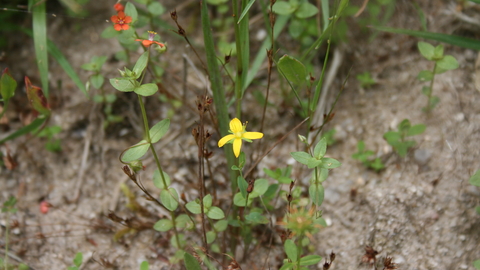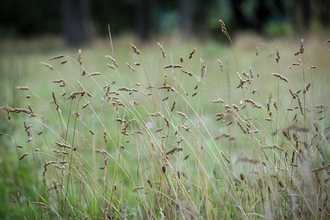
Philip Townsend
Toadflax-leaved St John's-wort
Scientific name: Hypericum linariifolium
Toadflax-leaved St John's-wort has star-shaped, bright yellow flowers. It is a rare plant, with most of its population existing on Dartmoor. It likes steep, sunny slopes, acidic soils and plenty of space.
Species information
Category
Statistics
Height: up to 65cmConservation status
Classified as Near Threatened on the Vascular Plant Red Data List for Great Britain.

